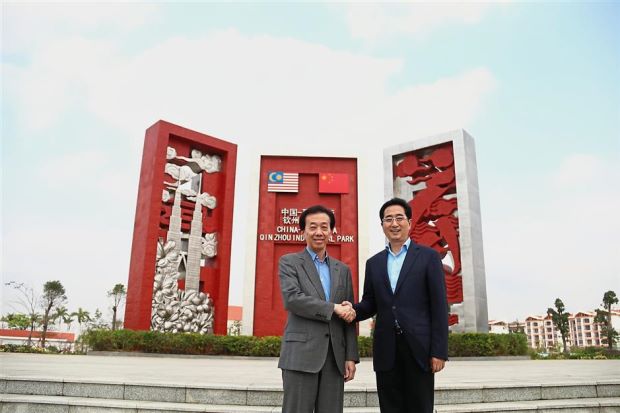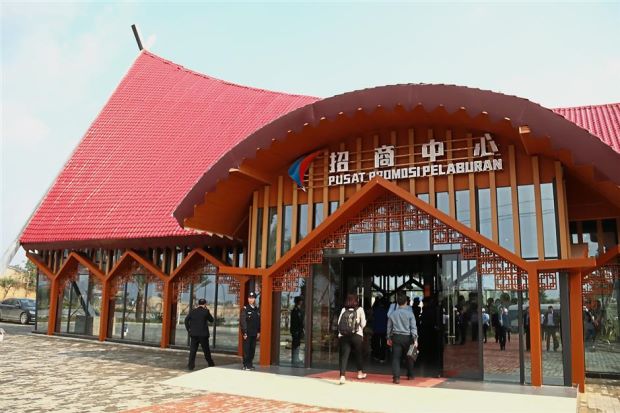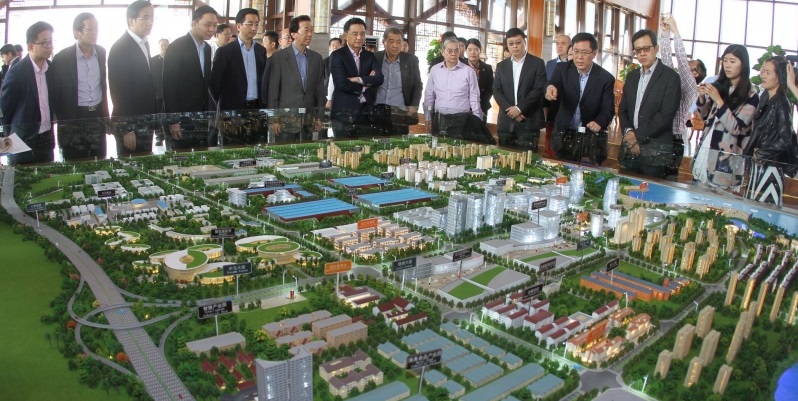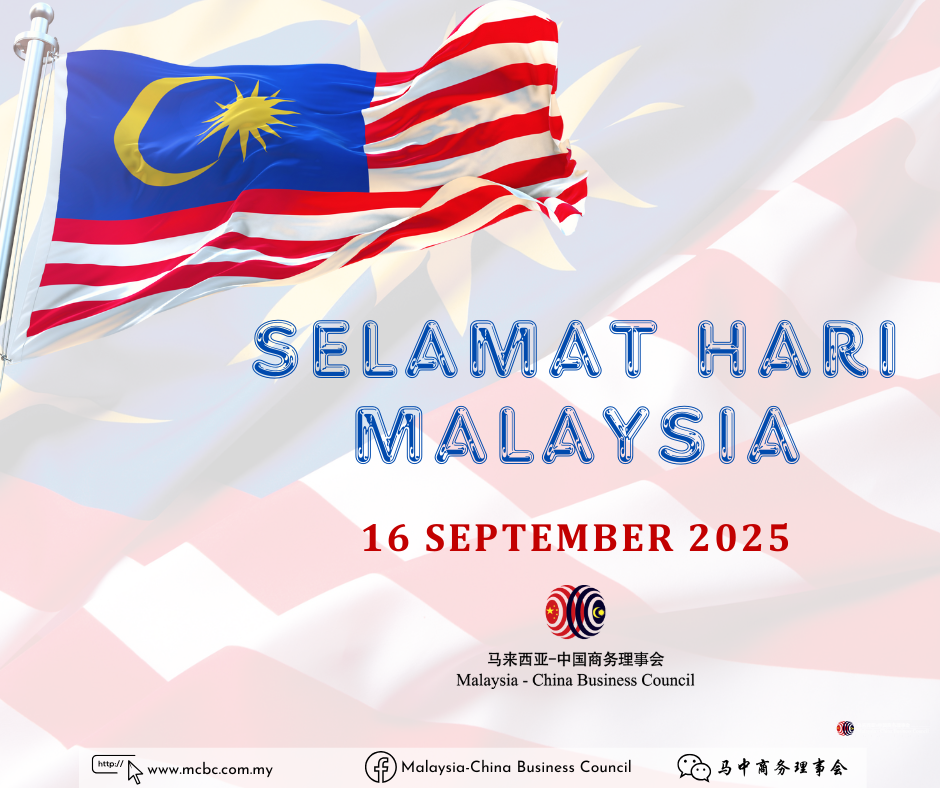
It has a number of nicknames like Five-Elephant City and Green City. But Nanning may have another moniker now that the huge China-Malaysia Qinzhou Industrial Park (QIP) is starting to take shape.
The latest addition to the Chinese city is the distinctive buffalo horn-like roof of the investment promotion centre, which is part of QIP.
Situated near the coast of Nanning in China’s southern Guangxi province, QIP is the sister park of Malaysia-China Kuantan Industrial Park in Pahang under a unique “two countries, twin parks” concept.
The story began on April Fool’s Day in 2012, marking the coming together of Malaysia and the Middle Kingdom in sharing a vision to turn the 55sq km site in Nanning into a world-class development.
Roads were built and manufacturing plants started their operations.
“This is no ordinary industrial park,” QIP administrative committee executive deputy director-general Gao Pu said in an interview in Nanning.
“The Chinese government pays great attention to the project.
“The central government allocates 800 million yuan (RM514mil) a year, while the Guangxi government tops up with another 200 million yuan (RM128mil) of capital.”

China, he said, aspired for fast development of QIP to hasten cooperation with Asean countries.
QIP is developed by a joint venture between Qinzhou Development (M) Sdn Bhd (led by SP Setia Bhd and Rimbunan Hijau Group) and China’s Qinzhou Jingu Investment Co Ltd.
The Malaysian consortium has 49% of the shares in the joint venture, while its Chinese partner holds the rest.
While QIP is scheduled to be developed in three phases, emphasis was initially given to a 7.87sq km area within the first phase. It is called the “start-up” district to pave the way for subsequent development.
The Prime Minister’s Special Envoy to China Tan Sri Ong Ka Ting, during a recent visit to QIP, was told that the basic infrastructure for this start-up district was all in place.
Almost all of the land space reserved for industries in this area had been snapped up. Those keen to set up plants in QIP will be assigned to the remaining land within the first phase of the industrial park.
Gao said the speed in working on QIP in the past five years had been remarkable, citing how the China-Singapore Suzhou Industrial Park took six years to see its first output.
“We are not just sitting around and waiting. We never waste a day, we are always attracting investors into the park.
“In the beginning, a lot of effort goes into laying a strong foundation,” he said.
So far, QIP has captured over 50 industrial projects with a total investment value of close to 30 billion yuan (RM19.3bil).
The projects related to IT, high-end equipment and intelligent manufacturing, energy and energy conservation, creativity and modern service and healthcare.
Among the projects were a cooking oil processing plant, a bio-pharmaceutical manufacturer, a cable manufacturer, a gas-insulated power transmission base, as well as an inspection lab and a processing plant for raw bird nests from Malaysia.
With schools, hotels, hospital, shopping malls and residential clusters included in the master plan, QIP is set to be a township with a population of 30,000 and 50,000 in the future.
A highway is also being built to cut travelling time between Qinzhou city centre and QIP from 90 to 50 minutes.
Reflecting on the opening up and reform miracle of China, Gao said industrial parks had played a significant role in pushing for development in the country.
While the government previously focused on land management in the industrial parks, he said it now wanted to be more involved in keeping the ball rolling.
“The capital given by the central government is used to set up funds such as direct investment funds and urban development funds to lead and guide projects in the park.
“The one billion yuan (RM642mil) we pump in as funds can drive 10 billion yuan (RM6.4bil) of investment and speed up the process of filling the park with projects,” he said.

Granted, there is still not much presence of Malaysian investors in QIP. The management acknowledged this weakness and said they hoped to encourage more Malaysians to be part of it.
“It shouldn’t be just Chinese firms going into Malaysia. We hope QIP can be the platform for Malaysian enterprises to enter the Chinese market
“Come here to find your opportunity. Use this as a springboard,” Guo said, adding that they wished to see more cooperation in the palm oil, rubber, medical and halal industries.
During Ong’s visit, he witnessed the memorandum of understanding signing ceremony between QIP and the Associated Chinese Chambers of Commerce and Industry of Malaysia (ACCCIM) on working together to coordinate the setting up of a Malaysian cluster in QIP.
While it is too early to say what exactly would be in this zone, the QIP management envisioned it to be an area that featured unique Malaysian characteristics.
It could be home to industries and commercial areas, as well as institutions providing educational, medical and financial services.
ACCCIM president Datuk Ter Leong Yap has agreed to spread the word about QIP’s investment opportunities within the vast network of the association as well as the National Chamber of Commerce and Industry Malaysia, which he also helms.
The Chinese side is also very keen to have a Malaysian university set up within the industrial park.
“While industrial parks have physical borders, the platform we built is borderless. We will go as far as imagination brings us,” Guangxi Zhuang autonomous region vice-chairman Zhang Xiaoqin said.
BY THO XIN YI
Source: The Star, 9 April 2017



